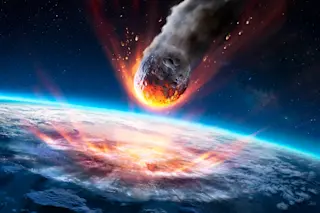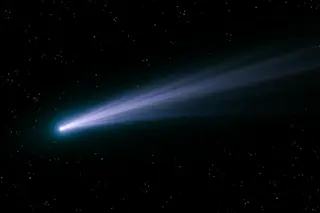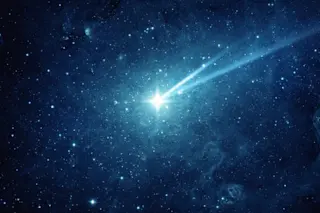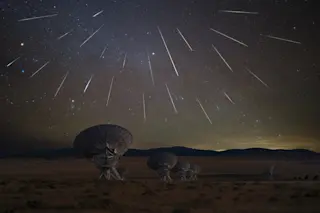Among all the comets that blaze through Earth’s small sector of space, relatively few are spectacular enough to earn the honorific great. There are no objective standards for admission to the club. Naked-eye visibility alone won’t do it. For a comet to be considered great, it must be striking to the public at large; it must be immediately obvious to anyone glancing up into the sky. Suffice it to say that when astronomers talk about a great comet, they’re talking about a cosmic visitation that’s positively awe-inspiring.
Great comets arrive every 15 years, on average, but we haven’t seen one since Comet West in 1976 (shown in photo above); Halley’s 1986 visit was, to some sky watchers, a fizzle. With Hyakutake’s sudden arrival this past spring, however, it seemed the great comet drought had ended. Indeed, even before Hyakutake burst onto the scene, astronomers were gearing up for another great ...














